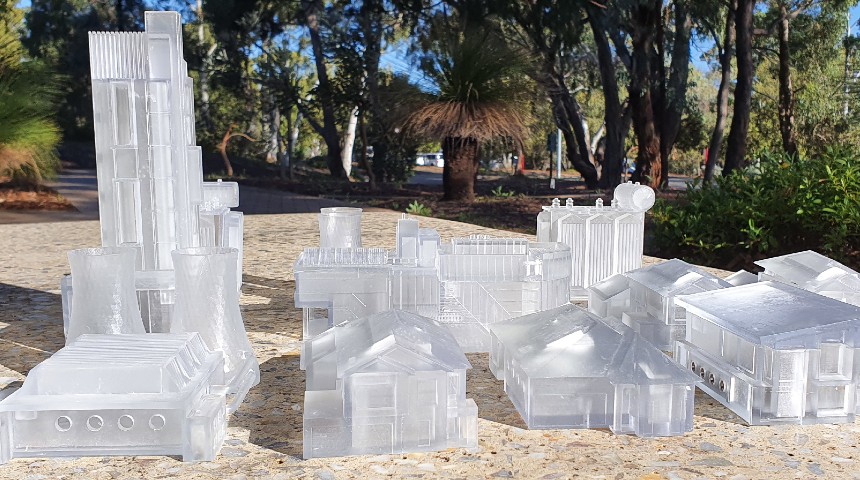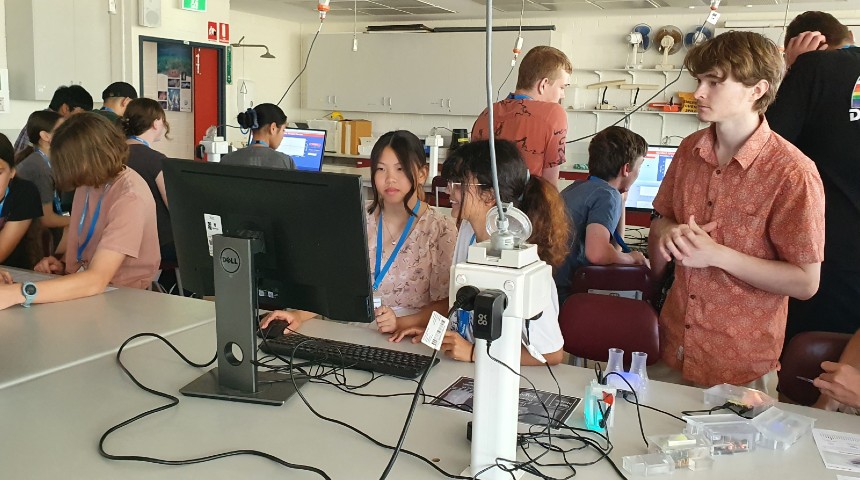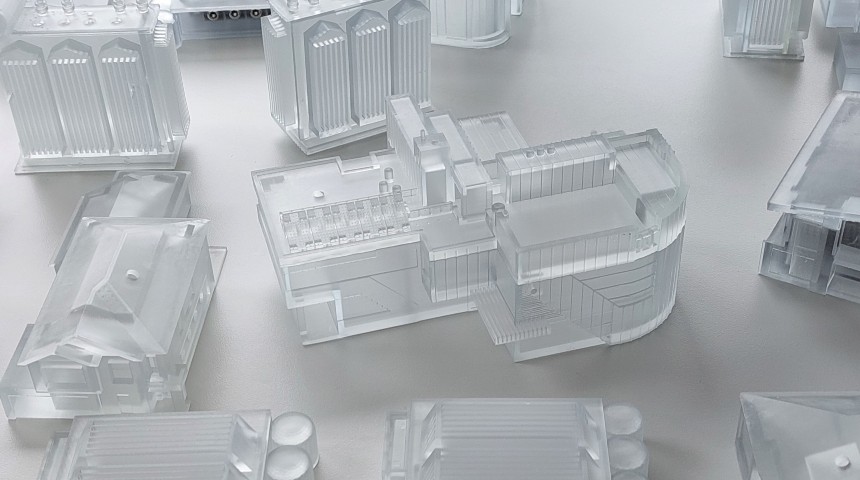
Imagine being able to predict the energy usage for your suburb, city, state, or country. Imagine being able to influence supply and demand and the impact of renewable power and energy storage.
While it may seem like a future fantasy, for Murdoch University engineering students, this is their reality. With the introduction of the Murdoch Microgrid, students can further explore industry tools, systems and practices, preparing them for the new millennium of engineering.
The Murdoch Microgrid is an ever-expanding set of interconnectable model buildings. Each building element dynamically simulates the energy usage and production of its real-world counterparts, allowing students to understand energy usage through practical exercises.
For example, students could build a small-scale replica of the engineering building on campus to understand its energy demand. This new addition will help prepare future electrical power engineers with the skills they need to operate, design and develop microgrids, helping to influence energy supply and demand.
Murdoch University Deputy Head of Discipline for Engineering and Energy, Dr David Parlevliet said being able to simulate model buildings gives students the opportunity to explore a range of scenarios, such as the amount of electricity needed to power buildings throughout different times of the day, and seasons.

“Understanding the amount of energy required to power a building is a little more complex than just understanding the amount of power needed to keep the lights and aircon on. Students need to factor in building usage at different times of the day, the power needed to charge devices, keep elevators running and power the microwave,” he said.
Being able to calculate the power needed to run these dynamically simulated buildings can help determine energy distribution to ensure there is enough energy for everyone, energy demand and allow renewable energy solutions to be considered.
“With climate change becoming more real than ever as we experience frequent extreme weather events the importance of renewable power is greater than ever,” Dr Parlevliet said.
“The Microgrid allows students to calculate energy demand and factor in renewable power. How many solar panels could the building benefit from? How much energy would these solar panels produce? How big would the storage energy system need to be?”
“Having access to real-world scenarios like this encourages creativity among students, gives them exposure to critical thinking and encourages collaboration with other teams, all of which are highly regarded by industry.”

Along with the newly introduced Murdoch Microgrid, students will also gain over 450 hours of work experience and learn in our real-world engineering plant at the Bayer Pilot Plant where students can design and analyse renewable energy systems, including solar thermal and wind.
Students also have access to a range of engineering labs specific for instrumentation and control engineering, industrial computer systems engineering and electrical power engineering.
At Murdoch, our engineering courses are shaped by industry committees to help ensure students gain relevant skills that are in demand, allowing them to be career-ready when they graduate.